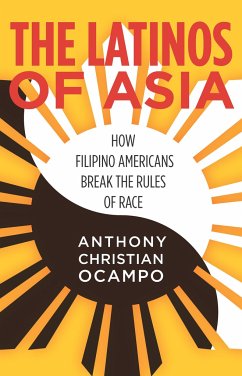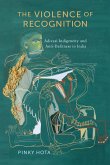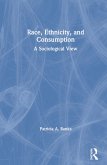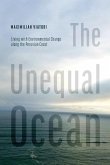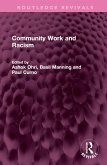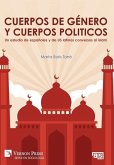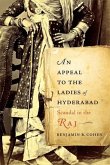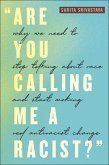Anthony Christian Ocampo is Assistant Professor of Sociology at California State Polytechnic University, Pomona and a Ford Foundation Postdoctoral Fellow at the School of Public Policy at University of California-Riverside.
Hinweis: Dieser Artikel kann nur an eine deutsche Lieferadresse ausgeliefert werden.
Hinweis: Dieser Artikel kann nur an eine deutsche Lieferadresse ausgeliefert werden.

